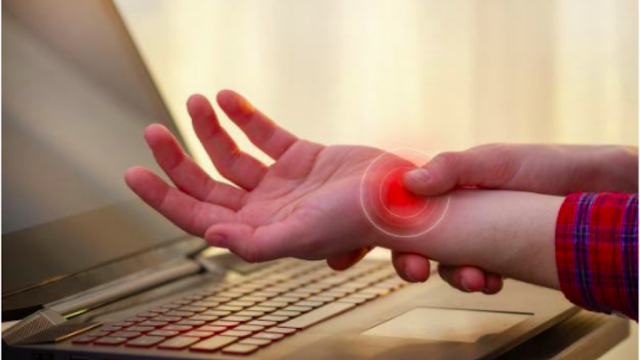Non-Surgical Treatment for Spondylolisthesis
Spondylolisthesis (spon + dee + lo + lis + thee + sis) is a condition of the spine whereby one of the vertebra slips forward or backward in relation to the next vertebra. Forward slippage of an upper vertebra on a lower vertebra is referred to as anterolisthesis, while backward slippage is referred to as retrolisthesis. Spondylolisthesis can lead to a deformity of the spine as well as a narrowing of the spinal canal (central spinal stenosis) or compression of the existing nerve roots (foraminal stenosis). Spondylolisthesis is most common in the low back (lumbar spine) but can also occur in the mid to upper back (thoracic spine) and neck (cervical spine).
There are five major types of lumbar spondylolisthesis.
Dysplastic spondylolisthesis: Dysplastic spondylolisthesis is caused by a defect in the formation of part of the vertebra called the facet that allows it to slip forward. This is a condition that a patient is born with (congenital).
Isthmic spondylolisthesis: In isthmic spondylolisthesis, there is a defect in a portion of the vertebra called the pars interarticularis. If there is a defect without a slip, the condition is called spondylolysis. Isthmic spondylolisthesis can be caused by repetitive trauma and is more common in athletes exposed to hyperextension motions, including gymnasts and football linemen.
Degenerative spondylolisthesis: Degenerative spondylolisthesis occurs due to arthritic changes in the joints of the vertebrae due to cartilage degeneration and is acquired later in life. Degenerative spondylolisthesis is more common in older patients.
Traumatic spondylolisthesis: Traumatic spondylolisthesis is due to direct trauma or injury to the vertebrae. This can be caused by a fracture of the pedicle, lamina, or facet joints that allows the front portion of the vertebrae to slip forward with respect to the back portion of the vertebra.
Pathologic spondylolisthesis: Pathologic spondylolisthesis is caused by a defect in the bone caused by abnormal bone, such as from a tumor.
The most common symptom of spondylolisthesis is lower back pain. This is often worse after exercise especially with extension of the lumbar spine. Other symptoms include tightness of the hamstrings, and stiffness and decreased range of motion of the lower back. Pain in the legs, thighs, and buttocks may worsen with standing. Some patients can develop pain, numbness, tingling, or weakness in the legs due to nerve compression. Severe compression of the nerves can cause loss of control of bowel or bladder function.
Nonsurgical treatments include:
Two to three days of bed rest
Physical therapy
Low-impact exercise,swimming or water walking
Low back activity restrictions, no strenuous sports (weight lifting, gymnastics, or football), heavy lifting, excessive bending, twisting, or stooping
Medications to control inflammation, muscle spasm, and/or pain
A brace to help reduce muscle spasm and pain
Low impact activities & bracing: If certain sports or activities increase lower back pain, your doctor may recommend taking a break from them until the pain subsides. This doesn’t mean you must remain sedentary. Moderate, low-impact activities such as tai chi or swimming increase blood flow to the spine and can speed your recovery.
Physiotherapy: Physical therapy can relieve lower back pain, enabling you to return to sports and other activities. At Rusk Rehabilitation, physical therapists who specialize in helping people recover from spine injuries can teach you simple exercises to strengthen the muscles in your abdomen and back. Strong core muscles reduce the amount of stress the spine absorbs, creating an internal “brace” that supports and stabilizes the spine.
Pain relief medicines: Inflammation in the spine and the surrounding soft tissues can cause irritation and swelling that worsens during movement, so your doctor may recommend over-the-counter nonsteroidal anti-inflammatory drugs, or NSAIDs. These medications reduce inflammation and alleviate pain, helping you remain active.
Corticosteroid Injection: A corticosteroid injection delivers anti-inflammatory medication directly to the spine. Most of the time, an injection is recommended only after other nonsurgical treatments have failed to bring relief. Corticosteroids may provide long-term pain relief and can be injected directly into the epidural space, the fluid-filled area surrounding the spinal cord.
Most patients will not need any surgical treatment as long as their spondylolisthesis is stable, meaning the vertebra is not slipping forward any more. Your spine specialist most likely will want to monitor your spondylolisthesis at regular intervals.


Comments
Post a Comment